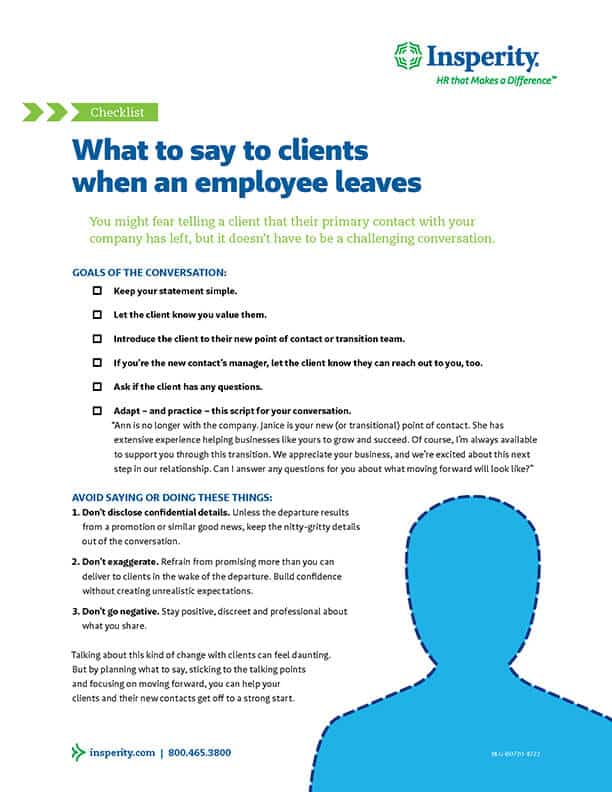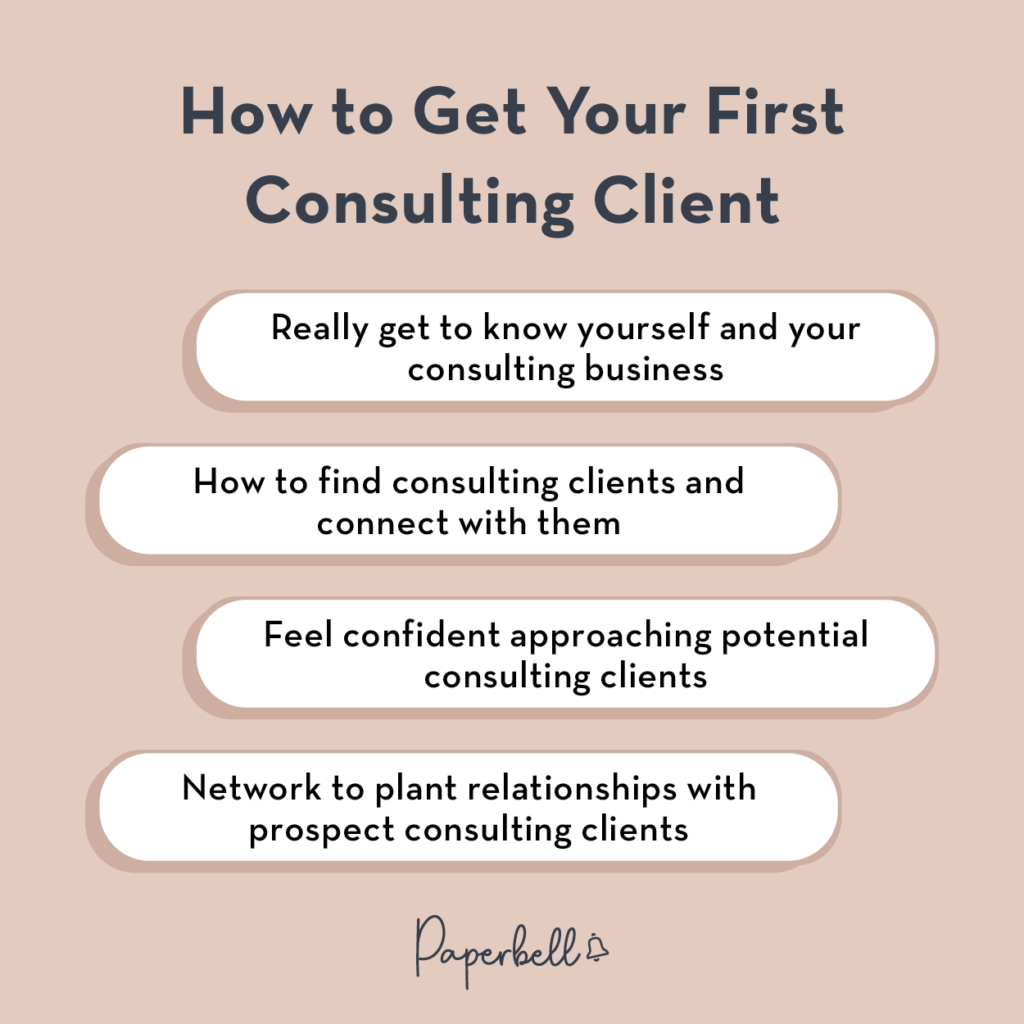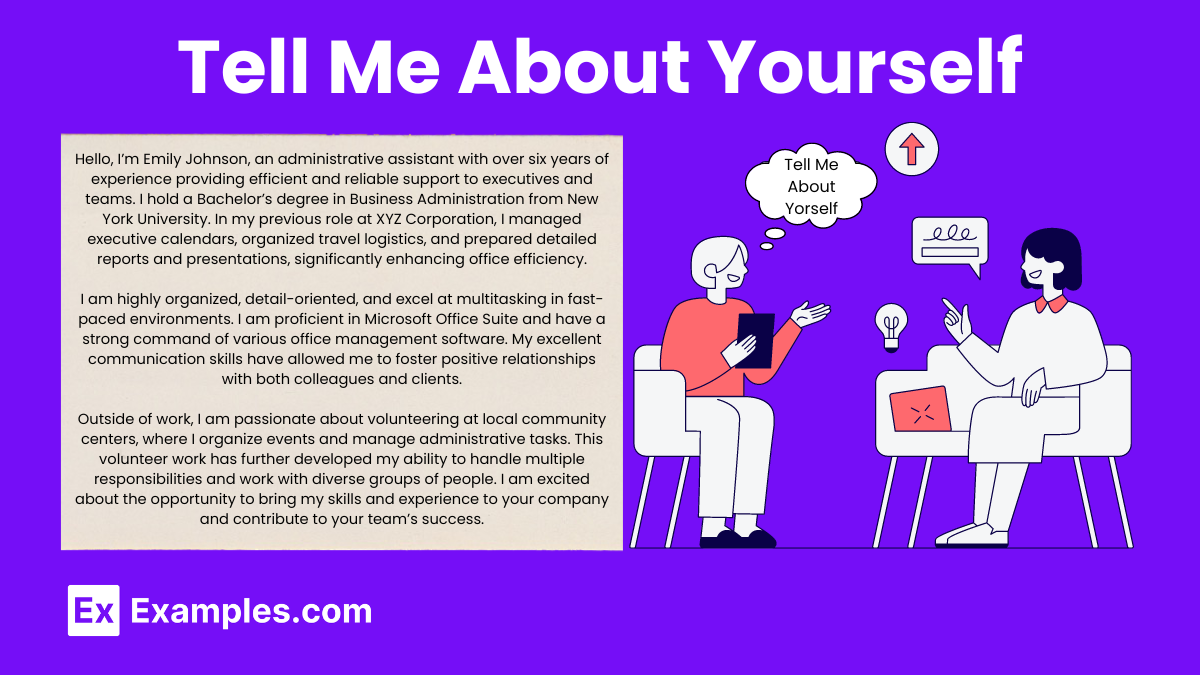How To Tell A Client You Can't Work With Them

The aroma of freshly brewed coffee hung in the air, a stark contrast to the knot forming in Sarah's stomach. Across the table sat a potential client, their enthusiasm palpable as they described their ambitious project. But Sarah, a seasoned freelance designer, knew, with a sinking feeling, that this partnership wouldn't be a good fit. The question wasn't about skill, but about alignment.
Navigating the delicate dance of telling a prospective client "no" is a critical skill for any freelancer or business owner. It's about protecting your time, your reputation, and ultimately, the quality of your work. Learning how to decline projects gracefully and professionally is essential for long-term success and client relationship management.
Understanding the "Why" Behind the "No"
Before crafting the message, it's vital to pinpoint the exact reasons for declining. Is it a matter of conflicting schedules? Perhaps the project scope falls outside your expertise? Or maybe, as in Sarah's case, the client's vision doesn't align with your values or working style?
Identifying these reasons clearly helps you articulate your decision with honesty and clarity, avoiding vague excuses that can damage your credibility. This self-awareness demonstrates professionalism and shows respect for the client's time.
Crafting the Message: Empathy and Transparency
Begin by expressing genuine appreciation for the client's interest in your services. Acknowledge the time they invested in reaching out and sharing their project details. This sets a positive tone and demonstrates that you value their consideration, regardless of your decision.
Next, deliver the news directly but gently. Avoid beating around the bush or offering ambiguous language. For instance, you might say, "While I appreciate you considering me for this project, I don't believe I'm the best fit to achieve your goals."
Providing a brief explanation of your reasoning, without over-explaining, is crucial. You could mention that your current workload prevents you from dedicating the necessary attention, or that your expertise lies in a different area. "At this time, I am unable to give this project the dedication it needs," is a good example.
Turning a "No" into an Opportunity
A rejection doesn't have to be a dead end. Consider recommending alternative resources, such as other freelancers or agencies that might be a better match. This thoughtful gesture can leave a lasting positive impression and foster goodwill.
According to a study by Harvard Business Review, referrals are often seen as more trustworthy than traditional advertising. By connecting the client with a qualified alternative, you are solidifying your position as a knowledgeable and helpful resource within your industry.
The Power of Setting Boundaries
Declining unsuitable projects is not just about protecting your time; it's also about setting healthy boundaries. Overcommitting can lead to burnout, diminished quality of work, and strained client relationships. Knowing when to say "no" is an act of self-preservation and a commitment to providing your best possible service to existing clients.
"Saying 'no' frees you up to say 'yes' to other opportunities," explains entrepreneur Gary Vaynerchuk. Each project that does not aligned with your skill and value, takes time away from the ones that are.
Remember, your reputation is built on the quality of your work and the integrity of your interactions. Saying "no" when necessary demonstrates professionalism, self-awareness, and a commitment to delivering exceptional results.
Conclusion: A Path to Sustainable Success
Sarah took a deep breath and delivered her message with honesty and empathy. The client, though initially disappointed, appreciated her candor and professionalism. In the end, Sarah's decision to prioritize her expertise and time proved to be the right one.
The art of saying "no" is not about closing doors, but about opening new avenues for success. By understanding your limitations, setting clear boundaries, and communicating with grace, you can build a thriving business based on mutual respect and exceptional service.

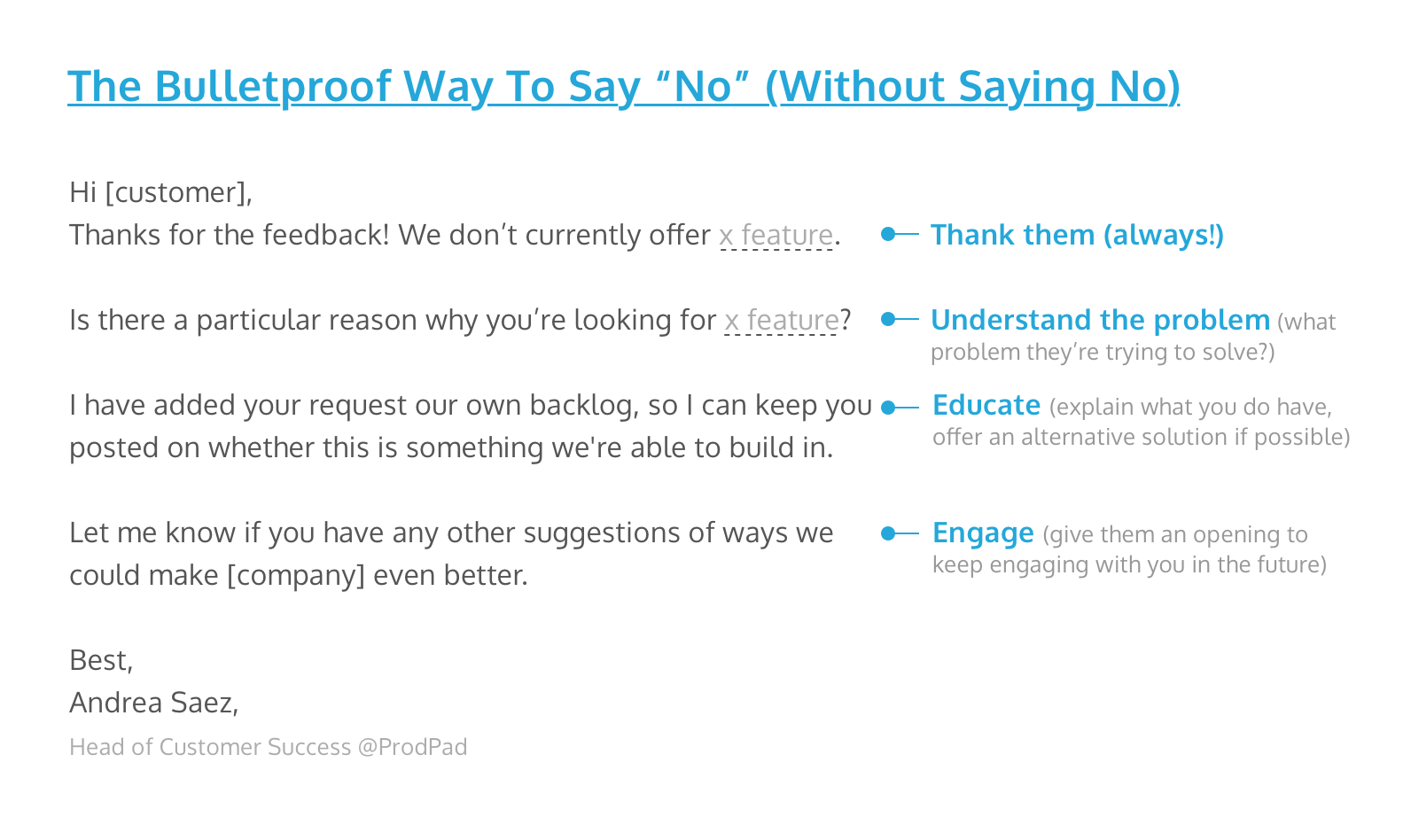
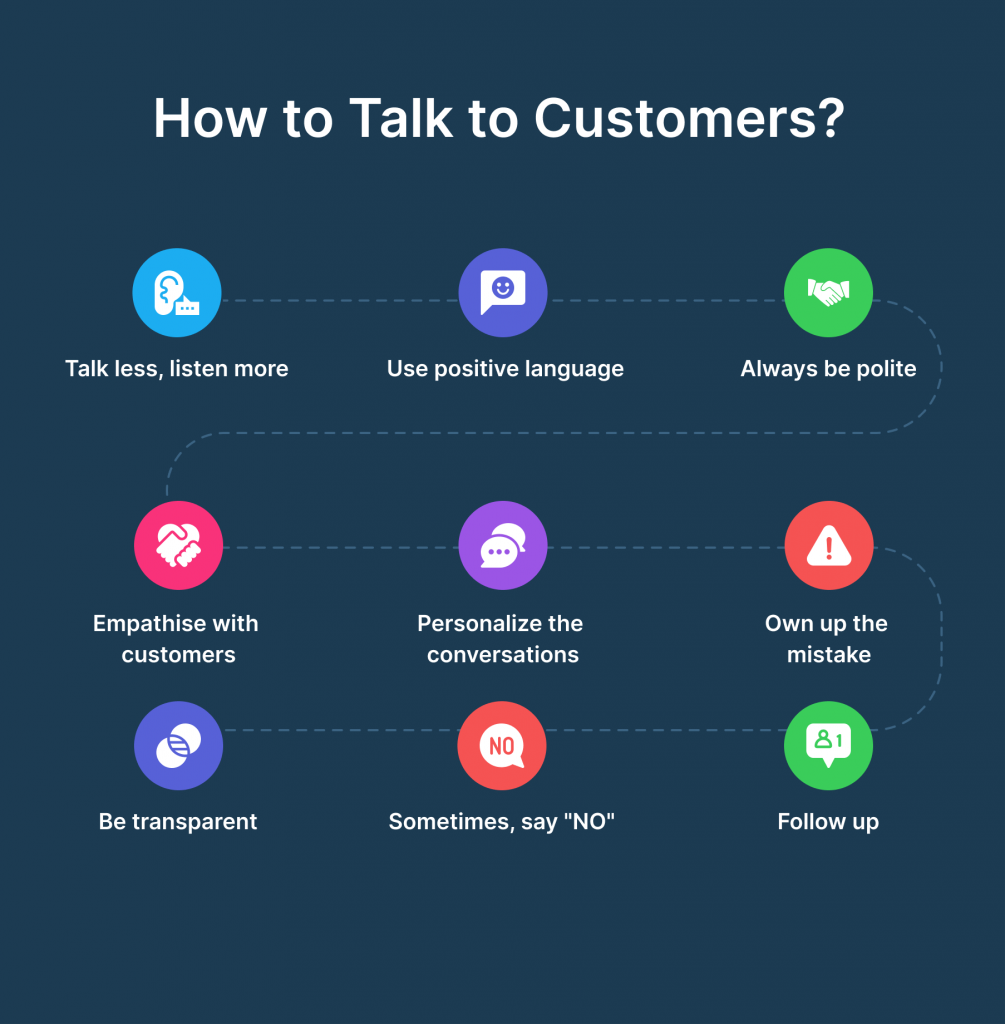
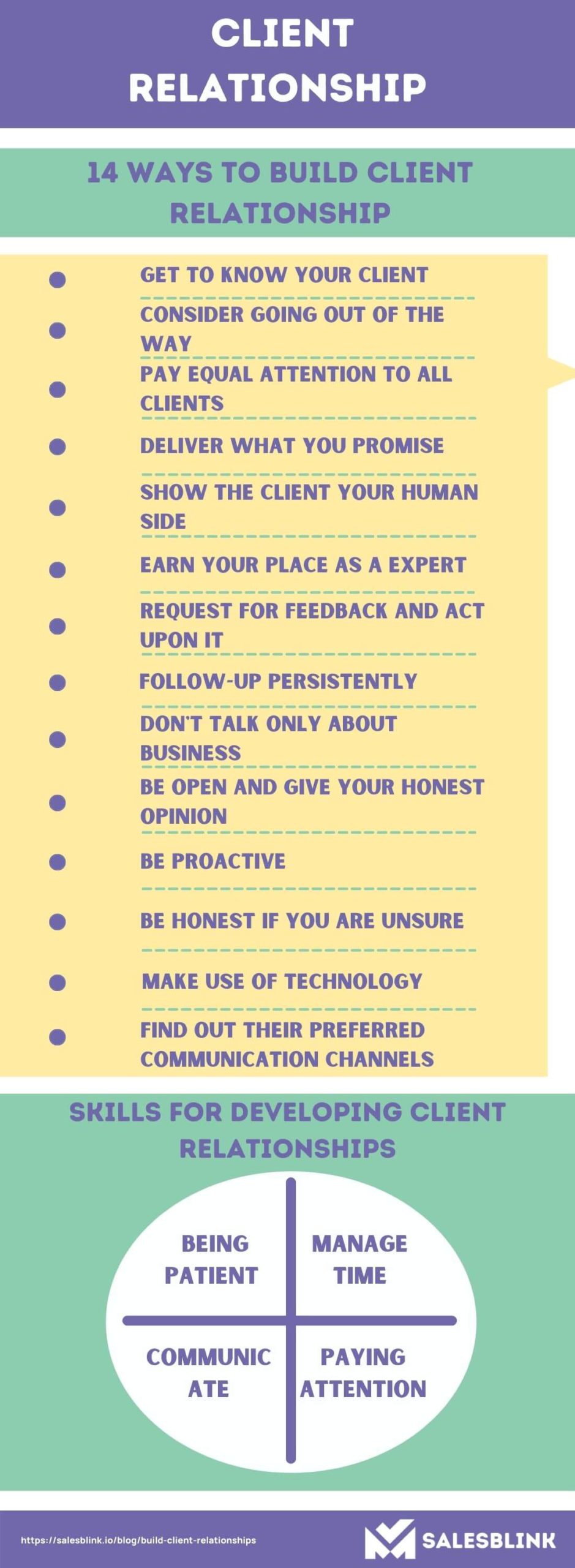

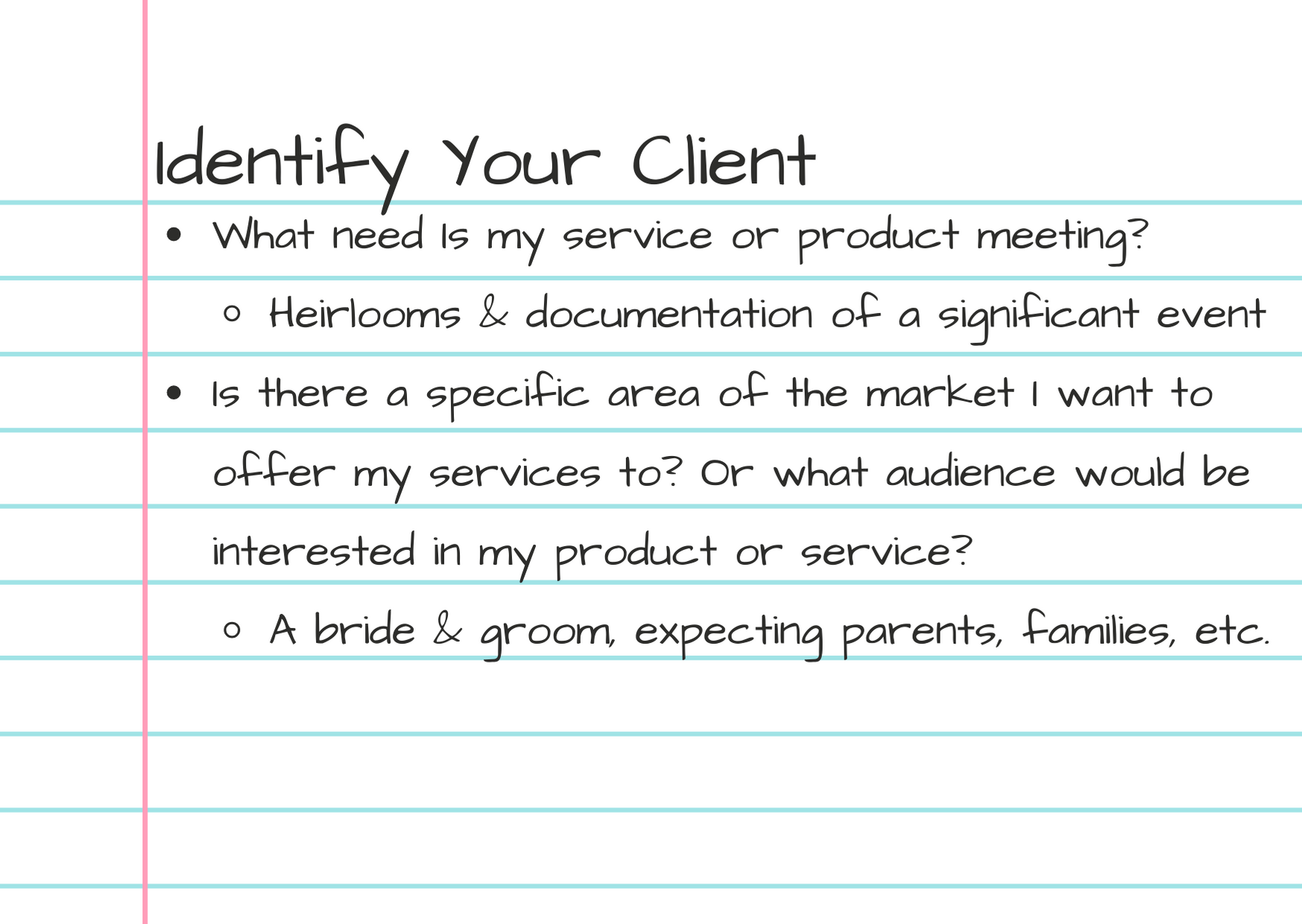



![How To Tell A Client You Can't Work With Them How to Deal With Clients [2025 Guide]](https://images.websiteplanet.com/wp-content/uploads/2018/11/How-to-Meet-and-Exceed-Your-Client’s-Expectations.png)



